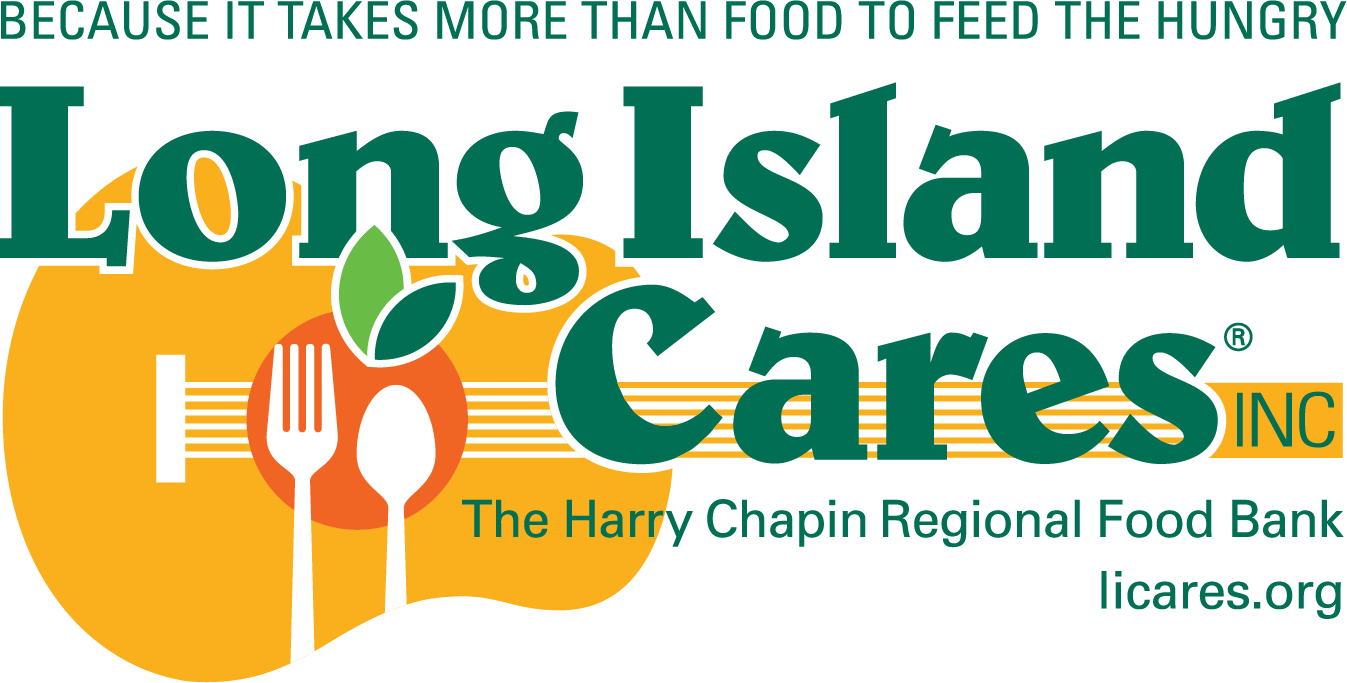February is American Heart Month, a great time to focus on heart health. Heart disease and stroke are the leading causes of death in the United States. Nearly half adults in the U.S have hypertension (high blood pressure), a contributing factor to heart disease & stroke. The good news is diet and lifestyle changes can help control high blood pressure.
The Facts: Sodium and High Blood Pressure
- An eating pattern high in sodium can affect blood pressure levels.
- 70% of the sodium Americans eat comes from packaged and restaurant foods, not from adding salt to food when cooking.
- The American Heart Association recommends no more than 2,300mg of sodium/day. On average Americans eat more than 3,400mg of sodium/day.
- Sea Salt vs. Table Salt: Contrary to popular belief, both sea salt and table salt contain the same amount of sodium. Sea salt is minimally processed, leaving it with higher levels of minerals including magnesium, potassium and calcium compared to table salt. The trace amount of the minerals found in sea salt can be easily obtained through other foods, in much more significant amounts.
How to reduce sodium
When food shopping:
- Compare labels and choose products with the lowest amount of sodium per serving. Check out the % Daily Value on the label. A product with 10% or less daily value for sodium is considered ‘low sodium’ or 140mg or less per serving.
- Choose low sodium or no added salt canned and frozen foods. Packaged foods that have been seasoned or have sauces are often high in sodium.
- Be cautious when shopping for condiments like soy sauce, relish, salsa, ketchup, etc. Look for reduced sodium versions.
At restaurants:
- Control portion sizes. Many restaurants offer more than one serving per entrée. Share the entrée with a family member or friend or take half home to have another day.
- Choose steamed vegetables or a side salad over French fries or other high fat, high sodium sides.
At home:
- Use garlic, onions, citrus juices, herbs, and salt free seasonings to flavor food in place of salt.
- Combine lower sodium versions of food with regular versions. Slowly incorporate more of the lower sodium version to help your taste buds adjust to less salt.
- Use different cooking methods to bring out the natural flavors in food such as grilling, roasting, searing, and sautéing.
- Eat foods with potassium like sweet potatoes, greens, tomatoes, oranges, cantaloupe, and kidney beans. Potassium can help counter the effects of sodium and better manage blood pressure.
Over time your taste buds adjust to liking less salt. Some studies show that when people follow a lower sodium eating pattern, they start to prefer it and the foods they once enjoyed taste too salty. Try it out and see for yourself!
Tailgate Chili
Servings: 4
Ingredients
- Cooking spray
- 1-pound lean ground beef, ground chicken or ground turkey
- 1 medium onion, chopped
- 1 medium green bell pepper, chopped
- 1 medium jalapeno, chopped (optional)
- 1 tablespoon chili powder
- 1 tablespoon ground cumin
- 4 cloves garlic, minced or 2 teaspoons jarred minced garlic
- ½ teaspoon coriander
- 1 can (14.5oz.) low sodium kidney beans or pinto beans
- 1 can (14.5 oz.) no salt added diced tomatoes
- ¾ cup salsa
Directions
- Lightly spray large pan with cooking spray. Cook ground meat over medium-high heat for 5-7 minutes.
- Stir in bell pepper, jalapeno, chili powder, cumin, garlic, and coriander. Cook for 5 minutes, stirring occasionally.
- Stir in the remaining ingredients. Bring to a boil. Reduce the heat and simmer, covered for 20 minutes.
- Serve with garnishes such as avocado, low fat shredded cheese, cilantro, low fat sour cream.
Creamy Cucumber Dill Dip
Servings: 12
Ingredients
- 1 cup fat free or low-fat plain yogurt
- ½ cucumber, peeled and chopped
- 2 tablespoons fresh dill, chopped or 1 ½ teaspoons dried dill
- 2 teaspoons minced onion
Directions
- In a small bowl, combine all ingredients and stir well. Refrigerate prior to serving.
- Serve with fresh vegetables, baked pita chips or as a topping for chicken or fish.
Check out the recipe from Heart.org
Cooking with Kids: Sweet Potato Nachos
Servings: 6
Ingredients
- Cooking spray
- 3 medium sweet potatoes, peeled and thinly sliced ( ¼ inch)
- 1 tablespoon olive oil
- 1 ½ teaspoons paprika
- 1 teaspoon chili powder
- 1 teaspoon garlic powder
- 1/3 cup cooked black beans
- 1/3 cup low fat shredded cheddar cheese
- 1/3 cup canned low sodium diced tomatoes, drained, and rinsed
- 1/3 cup chopped avocado (optional)
Directions
- Preheat oven to 425°F. Line 2 baking sheets with aluminum foil. Lightly spray with cooking spray.
- In a large bowl, toss together the sweet potatoes, oil, paprika, chili powder, and garlic powder. Spread the sweet potatoes in a single layer on the baking sheets.
- Bake for 10 minutes. Using a spatula, flip sweet potatoes over. Bake for 5 to 10 minutes, or until crisp.
- Remove pans from the oven. Sprinkle the beans and cheese over the sweet potatoes. Bake for 2 minutes or until cheese is melted.
- Top with the tomatoes and avocado (if using).
Kids can:
- Rinse the sweet potatoes before peeling.
- Mix the sweet potatoes and seasonings together.
- Sprinkle cheese and beans on top the sweet potatoes.
*Kids are more likely to try new foods and dishes when they are involved in the cooking process!
Want the recipe? Click here!
